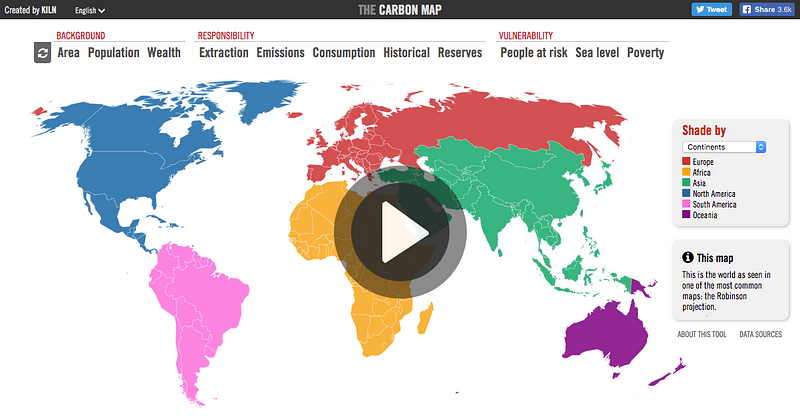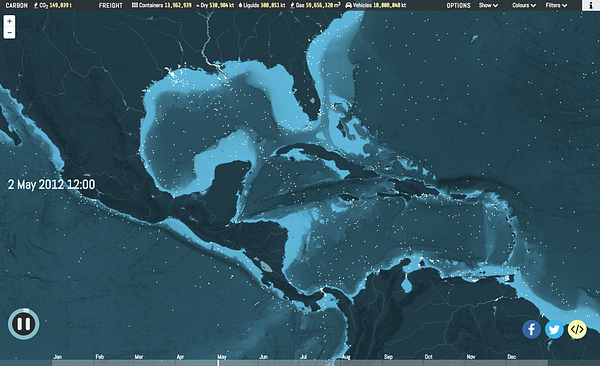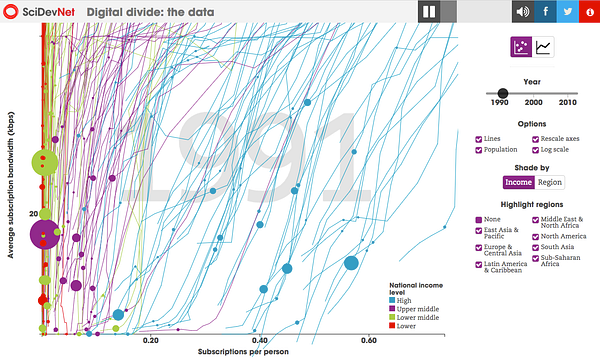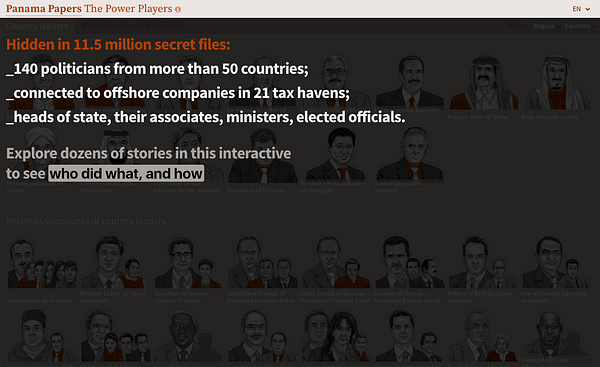David Frankel, Managing Partner
Not every tech product or service should be a business, an even smaller set should be venture-backed startups, and plenty of potential $100 million companies fail because they raised capital as if they would become billion dollar unicorns. The problem is that it’s hard to tell how big an idea can become at the outset. It wasn’t immediately obvious that an operating system for Altair microcomputers, a search algorithm for academic papers, or a social network for Harvard students would become three of the defining tech companies of our times!
So how should a startup that is unsure about its ultimate scale proceed?
Carefully.
If you have built a framework that is attracting a following, or a product loved by many people and want to scale up, our portfolio company Flourish is a case study worthy of review.
The Origins of Flourish
Flourish is a creative tool that makes it easy to turn spreadsheets into world-class responsive visualizations, maps, and interactive presentations with no coding required. I believe it has the power to replace PowerPoint as the visual lingua franca of business meetings, despite the fact that it started life as a once-off pro bono project for a newspaper.

Duncan Clark, formerly a journalist/editor at The Guardian and Robin Houston, a computer scientist met a few years ago while collaborating on a project for a non-profit that was using data visualization to help educate people about the dangers of climate change. The pair parted ways after the project was complete, but Duncan continued to be fascinated by the combination of journalism and Javascript. One mid-December evening, Duncan envisioned a cartogram map that would distort countries by making their size proportionate to their carbon output. He texted Robin to see if such a graphic was technically feasible and by Christmas Eve, Robin delivered a prototype.
They gave the ad hoc graphic to the Guardian as part of a Google-sponsored series, and its dynamic design made it the most popular piece in the package.
The Guardian immediately asked for more and a design consultancy called Kiln was born.
Let a Paycheck Be Your Guide
The Kiln demo was a technical marvel and NGOs, think tanks, universities, and other organizations with troves of data at their disposal were clamoring to work with them. But the question remained — how big a business would this become?




Many entrepreneurs would try to raise capital based on the early success and impressive customer list. Robin and Duncan took a more conservative approach and grew organically, slowly scaling back their commitments to full-time jobs as revenue from the bespoke graphics started to allow. Finally, four years after the collaboration began, they reached the point where they had the financial resources to commit to Kiln exclusively.
Kiln wasn’t born from a spurt of entrepreneurial zeal, but rather, a steady paycheck and a desire to stay off the startup treadmill. “I had a previous startup years ago, which wasn’t a failure, it closed down with money in the bank after a decade, but it wasn’t a massive success either,” says Houston. “Startups can turn into something quite painful if everything isn’t quite right.”
Learning Along the Way
Kiln’s long gestation period also resulted in serious improvements to the product. For example, the pair didn’t fully appreciate how difficult it was to build a tool that would allow anyone to tell stories using clever data presentation. In a world where flow charts can stymie university graduates, a dynamic, data-driven design tool needed to be carefully crafted.
They also learned a lot about their customer base. They assumed the primary users would be journalists, but it turned out that creative agencies were even more enthusiastic about the tool.
The steady demand from paying customers also highlighted the fact that they were spending a disproportionate amount of time rewriting similar bits of code and that they’d be well served to abstract key user interface concepts into a framework. At one point, an advisor told the duo “you’re currently running something with lots of potential as a cottage industry.” They decided to broaden their vision and seek out a round of venture capital, led by Saul Klein & George Henry, to help Flourish reach its full potential. And it was truly our pleasure to initially introduce the duo to the amazing team at LocalGlobein London.
You Can’t Run a Startup Like a Small Business
I’m not typically a fan of this model and wouldn’t advise most founders to follow it. All startups start small, but it’s folly to run a startup like a small business. A successful transition requires a complete change in perspective that few can pull off.
I believe Duncan and Robin are taking the right steps here and hope they’ll soon be mentioned alongside MailChimp and Shopify as extraordinary examples of businesses that were started as consultancies before developing scalable, market-leading tech assets. They have this opportunity, in part, because they didn’t make an all or nothing bet in the earliest days of their company.
If you’re not sure if your product is venture scale, or whether the rigors of startup life are for you, Flourish is a great example to follow. They’re also the best bet if you’re in need of a fully-featured data visualization framework
source: medium.com












